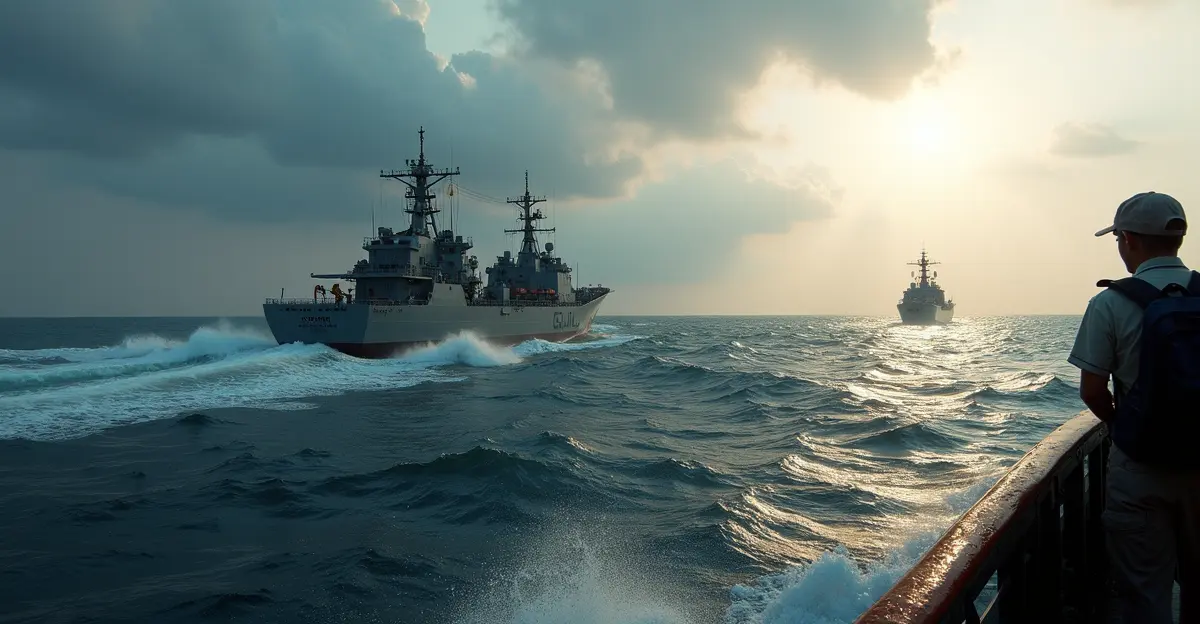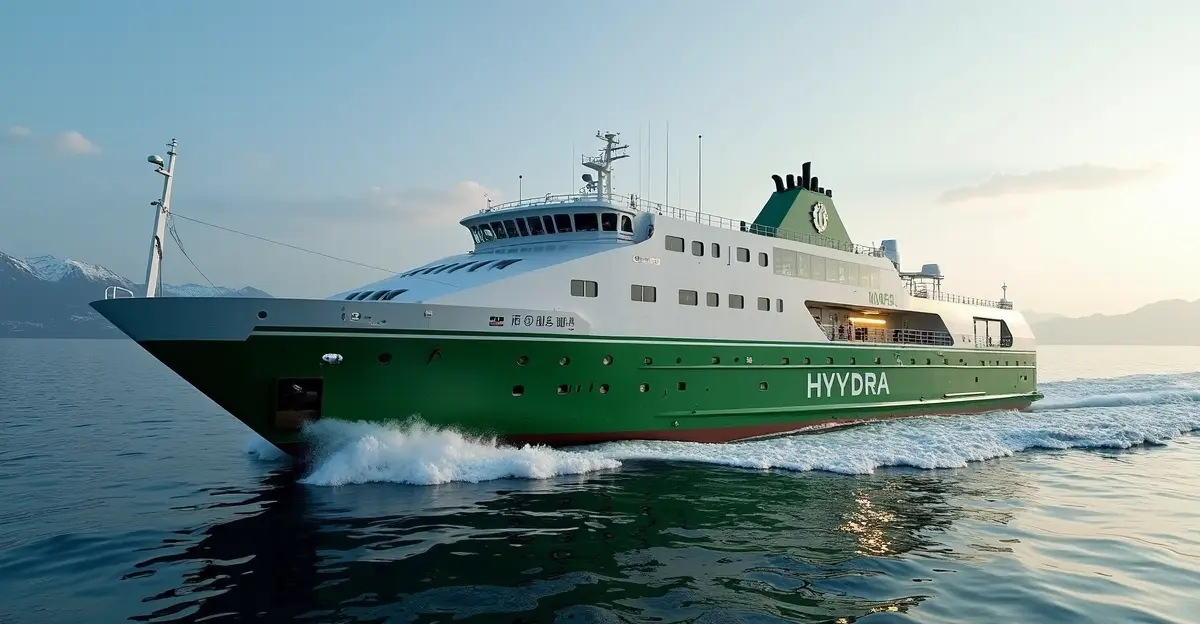South China Sea tensions escalate with increased naval confrontations, testing international law and threatening $3.36 trillion in annual trade amid competing territorial claims.

Growing Naval Confrontations Test International Law
The South China Sea has become the epicenter of escalating maritime tensions as naval confrontations between claimant states intensify, raising serious questions about the enforcement of international law in one of the world's most strategic waterways. With an estimated $3.36 trillion worth of global trade passing through annually, the stakes couldn't be higher.
Recent Incidents and Military Buildup
Recent months have seen a significant increase in naval incidents, particularly between Chinese coast guard vessels and Philippine naval forces. The most contentious areas remain the Spratly Islands and Scarborough Shoal, where China has constructed artificial islands housing military equipment despite international objections.
"We're witnessing a dangerous pattern of aggression that directly challenges the rules-based international order," says Dr. Maria Santos, a maritime law expert at the University of the Philippines. "The 2016 arbitration ruling was clear, but enforcement remains the fundamental challenge."
International Legal Framework Under Strain
The United Nations Convention on the Law of the Sea (UNCLOS) provides the legal foundation for maritime claims, but China's controversial "nine-dash line" claim—covering most of the South China Sea—directly contradicts international tribunal rulings. The 2016 Permanent Court of Arbitration ruling found that China's claims had "no legal basis," a decision Beijing continues to reject.
Meanwhile, the United States and allied nations continue freedom of navigation operations (FONOPs) to challenge excessive maritime claims. "These operations are not about confrontation but about upholding the principle that the seas belong to everyone," explains Admiral John Richardson, former Chief of Naval Operations.
ASEAN's Diplomatic Challenges
The Association of Southeast Asian Nations (ASEAN) has struggled to maintain unity in addressing the disputes. Negotiations for a Code of Conduct in the South China Sea have progressed slowly, with China preferring bilateral discussions that critics say favor its stronger negotiating position.
Vietnam, Malaysia, Brunei, and Taiwan also maintain competing claims, creating a complex web of overlapping interests. Vietnam currently occupies the greatest number of features in the Spratly Islands (48), while China has established 8 outposts and continues land reclamation activities.
Economic and Strategic Implications
The South China Sea isn't just about territory—it's about resources and strategic dominance. The area contains significant fishing stocks and potential oil and gas reserves estimated at 11 billion barrels of oil and 190 trillion cubic feet of natural gas.
"This is about China's long-term strategy to control the first island chain and project power into the Pacific," notes security analyst Robert Kaplan. "The naval confrontations we're seeing are symptoms of a much larger geopolitical competition."
As tensions continue to simmer, the international community watches closely, concerned that any miscalculation could escalate into broader conflict. With so much at stake—economically, strategically, and in terms of international law—the South China Sea remains one of the world's most dangerous flashpoints.

 Nederlands
Nederlands English
English Français
Français Deutsch
Deutsch Español
Español Português
Português






